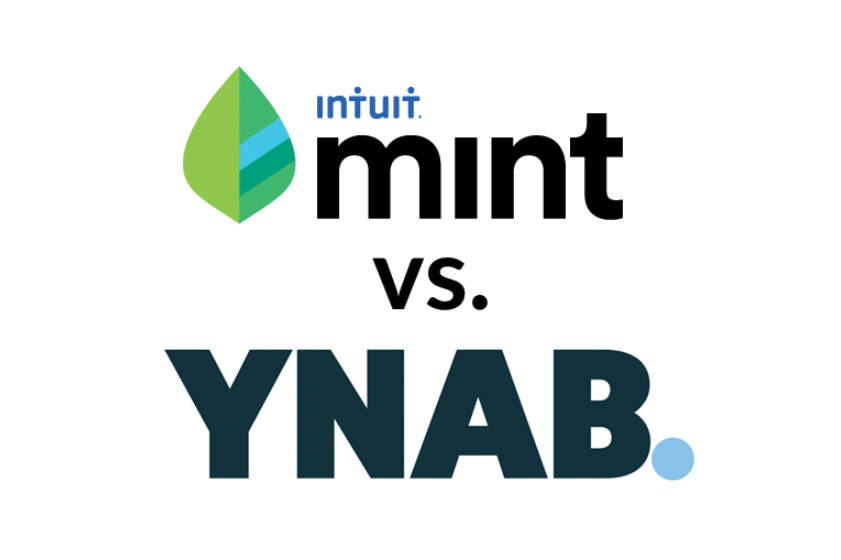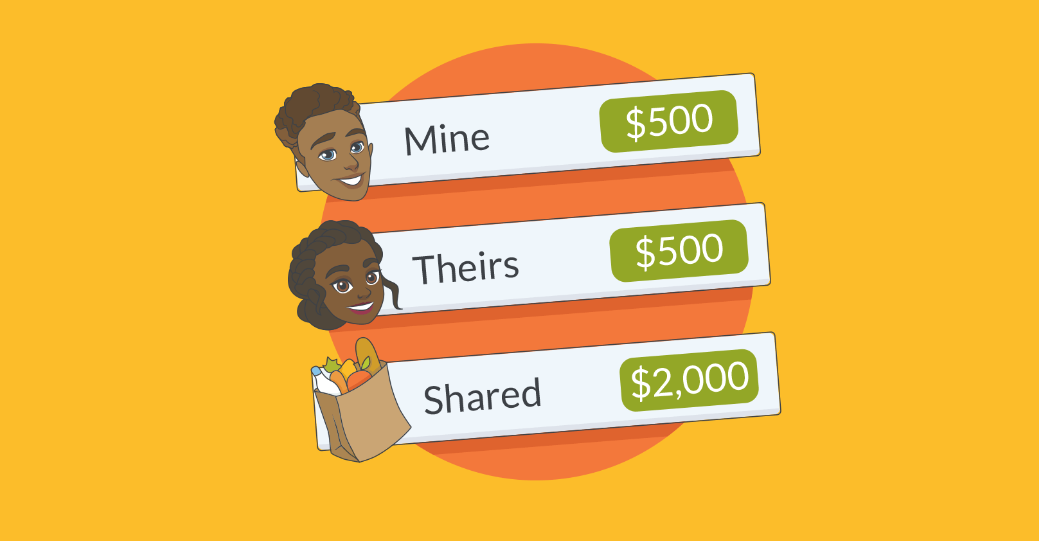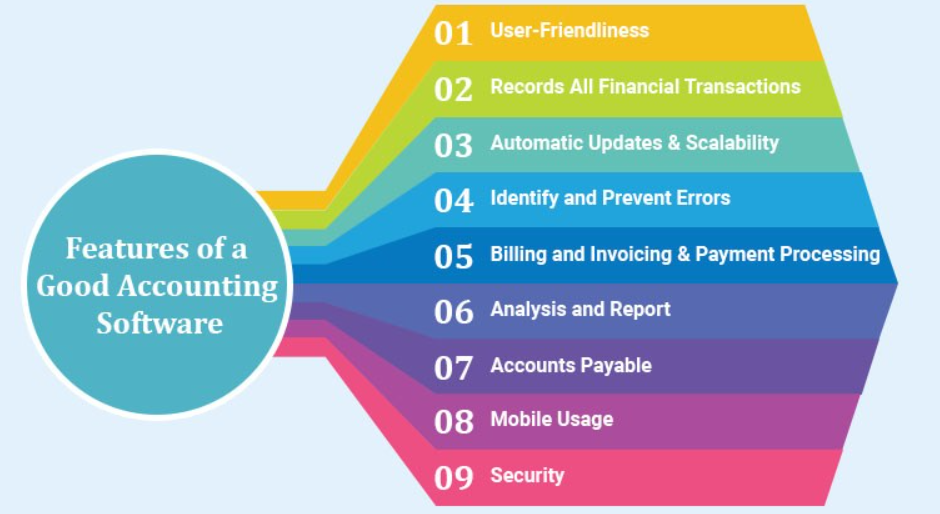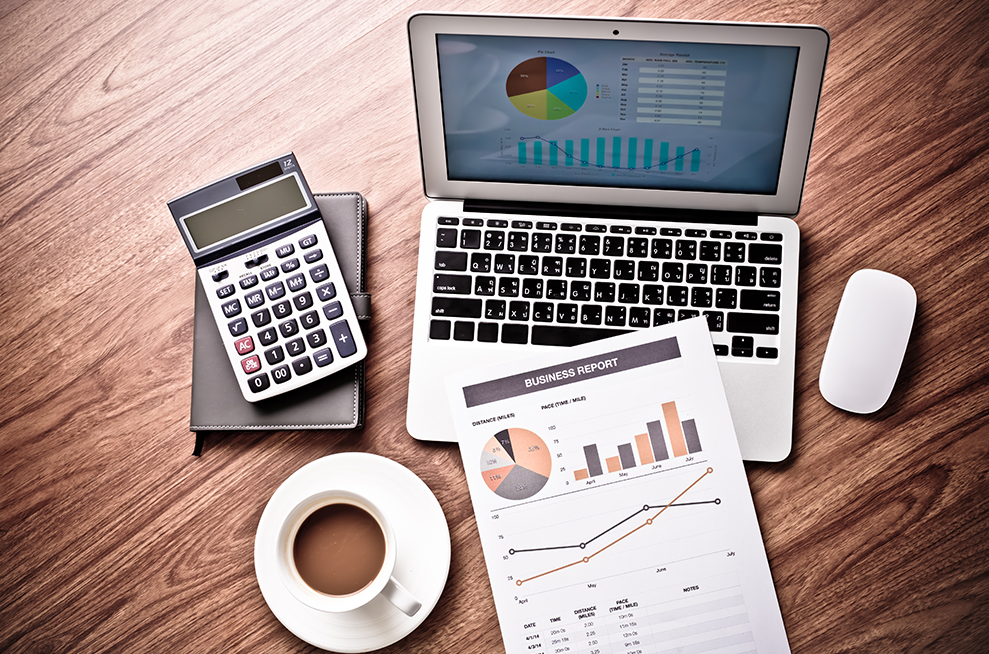Good and Bad Debt: Understanding More About the Subject

Anúncios
Within the financial landscape, the words “debt” and “credit” can carry different meanings.
While some view debt as a financial burden, others see it as an essential tool for achieving goals and thriving.
Anúncios
However, it is crucial to understand the difference between good and bad debt, each with its characteristics, implications, and potential effects on personal finances and economic well-being.
In this text, we will discuss each type of debt and how each one relates to you.
Anúncios
What is considered “good debt”?
“Good debt” is debt acquired for a specific purpose and offers a financial return or tangible benefit in the long term.
Here are some examples of debts considered “good”:
Student Loans
Investing in education is one of the most significant steps an individual can take towards personal and professional growth.
Student loans provide the crucial opportunity to finance this educational journey, allowing students to pursue their academic goals and achieve a higher level of qualification.
This form of debt is widely seen as an investment in one’s future as it empowers students to acquire valuable skills and specialized knowledge essential for a successful career.
Additionally, by facilitating access to higher education, student loans play a vital role in promoting social and economic mobility, enabling individuals from diverse backgrounds to achieve their educational and professional dreams.
Mortgage
Buying a home is one of the most significant milestones in a person’s life, representing not only the achievement of residential stability but also a significant financial investment.
The mortgage, often used to finance this purchase, is considered “good debt” due to its long-term benefits.
By obtaining a mortgage, buyers have the opportunity to build equity through homeownership while ensuring a stable and secure environment for their families.
Additionally, the real estate market has historically demonstrated appreciation over time, meaning the property can represent a valuable asset that can generate significant financial returns in the future.
Thus, the mortgage is not just a form of financing but also an effective means of building wealth and long-term financial security.
For Businesses
Commercial loans play a fundamental role in supporting the growth and development of businesses of all sizes.
By providing the necessary capital to expand operations, invest in innovation, and explore new market opportunities, business debt can be a strategic tool for driving commercial success.
Companies that use loans prudently and strategically can reap a range of benefits, including increased revenue, expanded customer base, and strengthened competitive position in the market.
Additionally, in many cases, commercial loans can offer tax advantages such as interest deductions, making them even more attractive to businesses seeking to optimize their capital structure and maximize return on investment.
Therefore, when used responsibly and strategically, commercial debt can be a powerful tool for driving growth and sustainable business success.
What is considered “bad debt”?
On the other hand, we have the concept of bad debt, which does not contribute to your financial growth.
See which debts are considered bad:
Payroll Loans
Payroll loans are a form of credit where payment is deducted directly from the borrower’s salary or benefit.
While they may seem like a convenient solution for those in need of quick money, payroll loans often carry higher interest rates than other forms of personal loans.
These rates can result in significant monthly payments and a much higher total cost over time.
Additionally, since payments are automatically deducted from the borrower’s earnings, this can further limit their ability to manage their finances and meet other basic needs.
For many people, payroll loans become a financial trap, especially if taken without a solid plan for repayment.
Without careful management, borrowers can easily find themselves trapped in an endless cycle of debt, where they are constantly taking out new loans to cover existing loan payments.
This can result in an overwhelming financial burden that is difficult to overcome, negatively impacting long-term financial health.
High-Interest Credit Cards
Credit cards can be a powerful financial tool when used responsibly but can also be a significant source of bad debt when poorly managed.
In particular, credit cards that charge high-interest rates can easily lead consumers into a spiral of debt.
When balances are not paid in full each month, interest quickly accumulates on the remaining balance, increasing the total cost of the debt.
High-interest credit cards are especially dangerous for those who only make the minimum monthly payment, as this can take years to completely pay off the outstanding balance.
In this way, resulting in a much higher total payment than the originally spent amount.
Additionally, irresponsible credit usage can lead to excessive debt accumulation, compromising long-term financial health and making it difficult to achieve important financial goals such as saving for retirement or buying a home.
High-Interest Loans
High-interest loans encompass a variety of financial products, from unsecured personal loans to payday loans.
The common denominator among them is the substantially high-interest rate that borrowers are required to pay.
These types of loans are often targeted at individuals with poor or limited credit, who may not have access to other more affordable forms of credit.
While they may offer a quick solution to immediate financial emergencies, high-interest loans often result in high monthly payments and an exorbitant total loan cost.
Often, borrowers end up paying much more than the originally borrowed amount due to the high interest rates and additional fees.
This can lead to a debt trap, where borrowers struggle to keep up with payments and end up falling into a cycle of continuous borrowing.
How to manage debt?
Effectively managing debt is essential to ensure solid financial health and avoid pitfalls that may lead to financial difficulties in the future.
Here are some key strategies for managing debt effectively:
- Take Inventory of Your Debts: The first step in managing your debts is to fully understand your financial situation. Take inventory of all your debts, including the total amount owed, interest rates, minimum monthly payments, and due dates.
- Create a Budget: Developing a detailed budget is critical to controlling your finances and finding ways to pay off your debts. List all your monthly income and expenses, including fixed expenses (such as rent, mortgage, and utility bills) and variable expenses (such as groceries, entertainment, and transportation).
- Prioritize Your Debts: Not all debts are equal. Prioritize your debts based on interest rates, focusing on paying off those with the highest rates first.
- Make Extra Payments When Possible: Whenever you have extra money available, such as a bonus at work or a tax refund, consider directing it towards debt repayment.
- Negotiate with Creditors: If you are struggling to make your monthly payments, do not hesitate to contact your creditors.
- Avoid Accumulating More Debt: While working to pay off your existing debts, avoid accumulating more debt whenever possible. Limit the use of credit cards and avoid impulse purchases.
- Seek Professional Help, if Necessary: If you are struggling to manage your debts on your own, do not be afraid to seek professional help.
Managing debt requires discipline, planning, and commitment, but with the right strategies, it is possible to overcome financial challenges and achieve long-term economic stability.
Therefore, put the tips into practice and take the opportunity to resolve your debts. And when it comes to taking on debt, consider whether you have good or bad debt. And see more tips on our website.





